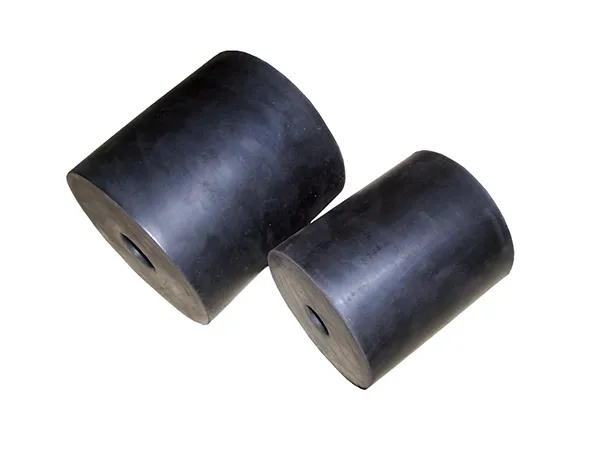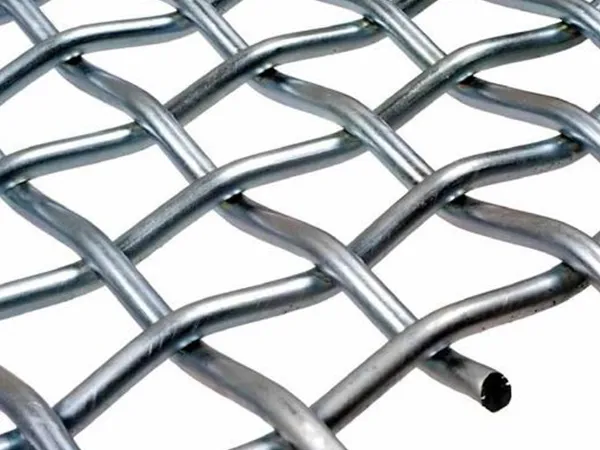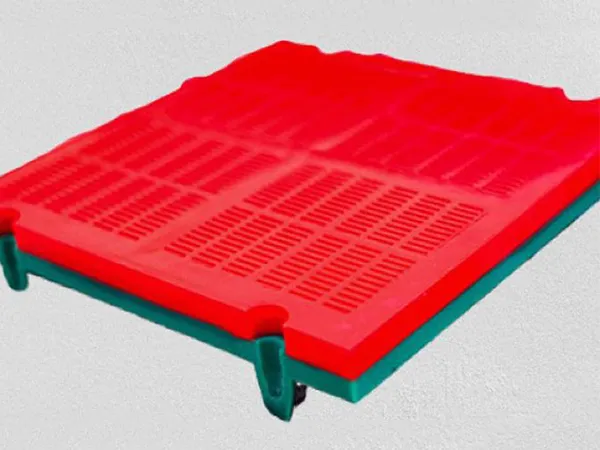
The vibrating screen rubber springs are essential components that contribute to the smooth and efficient operation of vibrating screens by absorbing vibrations, isolating impact loads, and enhancing overall reliability and durability. Proper selection, installation, and maintenance of rubber springs are essential to maximize the performance and lifespan of vibrating screen systems.
1. Damping spring is a very key part of the vibrating screen. The selected model, quantity, material, etc. are calculated and designed according to the equipment's exciting force, dynamic and static load parameters.
2.The choice of material is based on the use of equipment. Vibrating screen springs are common and can be divided into the following 3 types according to materials: rubber springs, composite springs, steel springs, and the appearance, characteristics, and vibration reduction of different types of springs.
Absorption of Vibrations: Rubber springs are designed to absorb and dampen vibrations generated during the operation of the vibrating screen. They act as a buffer between the screen box and the support structure, reducing the transmission of vibration to surrounding components and minimizing noise levels.
Isolation of Impact Loads: In addition to vibration absorption, rubber springs also help isolate impact loads and shocks, which can occur when heavy materials strike the screen surface. This helps protect the screen deck and frame from damage and premature wear.
Flexibility and Resilience: Rubber springs are made from durable elastomeric materials, typically natural rubber or synthetic rubber compounds, which exhibit excellent flexibility and resilience. This allows the springs to deform under load and return to their original shape, providing consistent vibration isolation over time.
Adjustability: Rubber springs are often designed with adjustable stiffness or preload capabilities, allowing operators to fine-tune the vibration isolation characteristics of the vibrating screen. This adjustability helps optimize performance for different material types, processing conditions, and operational requirements.
Resistance to Environmental Factors: Vibrating screen rubber springs are resistant to various environmental factors such as moisture, chemicals, and temperature fluctuations, ensuring long-term reliability and performance in harsh industrial environments.
Easy Installation and Maintenance: Rubber springs are typically easy to install and replace, requiring minimal maintenance throughout their service life. Regular inspection for signs of wear, degradation, or damage is recommended to ensure optimal performance and prevent unexpected failures.

Flip flop screening panels are polyurethane elastomers that are formed by a casting machine at one time. The structural design of this polyurethane screen shows the characteristics of good abrasion resistance, good elasticity, high elongation at break and resistance to bending of the polyurethane elastomer.
READ MORE
The composite screen mainly solves the problems of low strength and short service life of ordinary woven mesh. It consists of surfing the Internet and supporting the Internet. It has high strength, rigidity and carrying capacity, and can effectively reduce vibration noise and increase the service life of the screen.
READ MORE
The high accelerations caused by the stretching of the screen pads and excessive expansion of the openings of the Trisomat vibrating screen deck result in virtually no clogging of the screen. Our experts will assist you in selecting the best screen materials and fixtures for your feed.
READ MORECopyright © 2023 Xinxiang Zongyuan Machinery Equipment Co., Ltd. | All Rights Reserved.